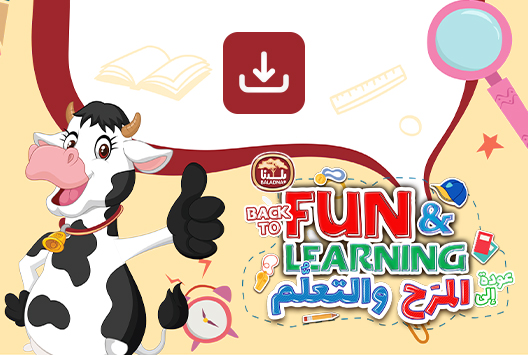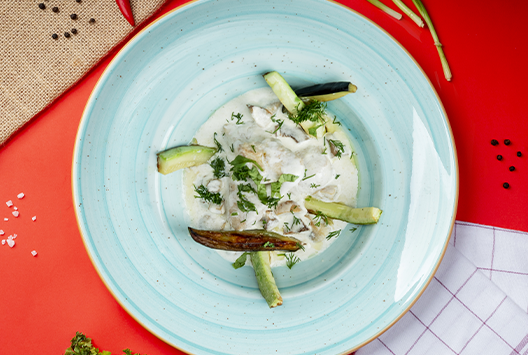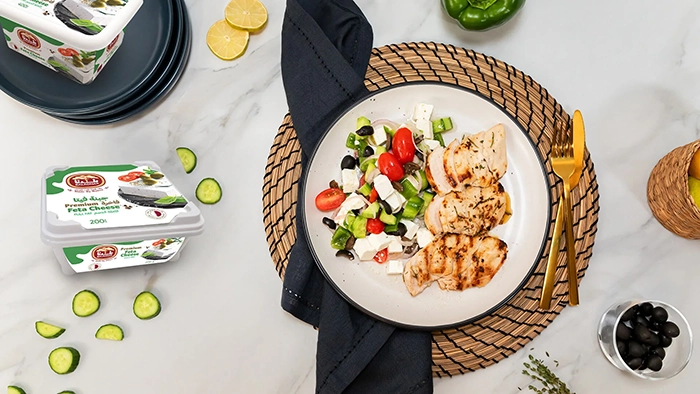
Beyond the Bowl: Creative Ways to Use Sour Cream at Home
Similar
Sour cream is a tangy and thick dairy product that can do wonders in the kitchen. It goes well with a number of dishes – whether as a topping or as a basic ingredient. Made by adding lactic acid bacteria to cream, sour cream is great for thickening or adding flavor to any dish.
With its creamy texture and slightly tart flavor, sour cream is the missing ingredient your recipes have been searching for. Here are a few ways you can get creative with sour cream in the kitchen:
How to use sour cream in the kitchen?
1. Make a delicious dip
Mix sour cream with a bit of garlic, onion powder, and your favorite blend of herbs, and indulge in a dip like no other. Have it alongside crunchy chips, crackers, or vegetables.
2. Add creaminess to soups
If you're looking for a way to add a creamy consistency to your soups without using cream, try stirring in a spoonful of sour cream. It’ll take your recipe to a whole new level, trust us.
3. Create a creamy salad dressing
Create a flavorful and creamy salad dressing by combining sour cream, lemon juice, garlic, and herbs. The sour cream gives the dressing a thick and creamy texture.
4. Make a creamy sauce
You can create a delicious sauce by combining sour cream, diced tomatoes, garlic, and your favorite herbs and spices. This creamy mix is perfect for topping pasta and tacos, adding a zesty touch to any meal.
5. Top baked potatoes
Adding sour cream to a baked potato is a delicious way to enhance its flavor. Put a spoonful of sour cream on top of your potato, and then top it with your favorite herbs or spices for some extra flavor.
6. Add fluffiness to pancakes
Adding some sour cream to your pancake batter can create a delicate and airy texture, taking your pancake game to the next level.
Other ways you can use sour cream
1. Facial mask
Using a dollop of sour cream as a mask can help hydrate and nurture your complexion. The lactic acid in the sour cream helps exfoliate and soften the skin, while the fats and proteins help nourish and replenish it.
2. Hair treatment
Combine equal parts of sour cream and coconut oil in a bowl before applying the mixture to freshly washed hair for an all-natural conditioning treatment that will leave your hair looking shiny and healthy!
3. Body scrub
Mix a combination of sour cream and sugar to create a paste. Gently rub the paste onto the skin and massage in circular motions. Rinse off the scrub with warm water. The sugar will help exfoliate and remove dead skin cells, while the sour cream will help nourish and soften the skin.
A sour & creamy ending
These are just a few creative ways to use sour cream at home. Its versatility make it a favorite among kitchen enthusiasts. Whether you're looking for a savory dish or a luxurious beauty treatment, sour cream can be a great addition to your routine. So, the next time you're looking to try something new, think of sour cream! And make sure to choose the right brand because it makes all the difference.
Baladna is a trusted dairy and beverage company in Qatar. Our products are fresh, authentic, and of excellent quality. Order sour cream, and other dairy products, from Baladna today and enjoy them right away!



